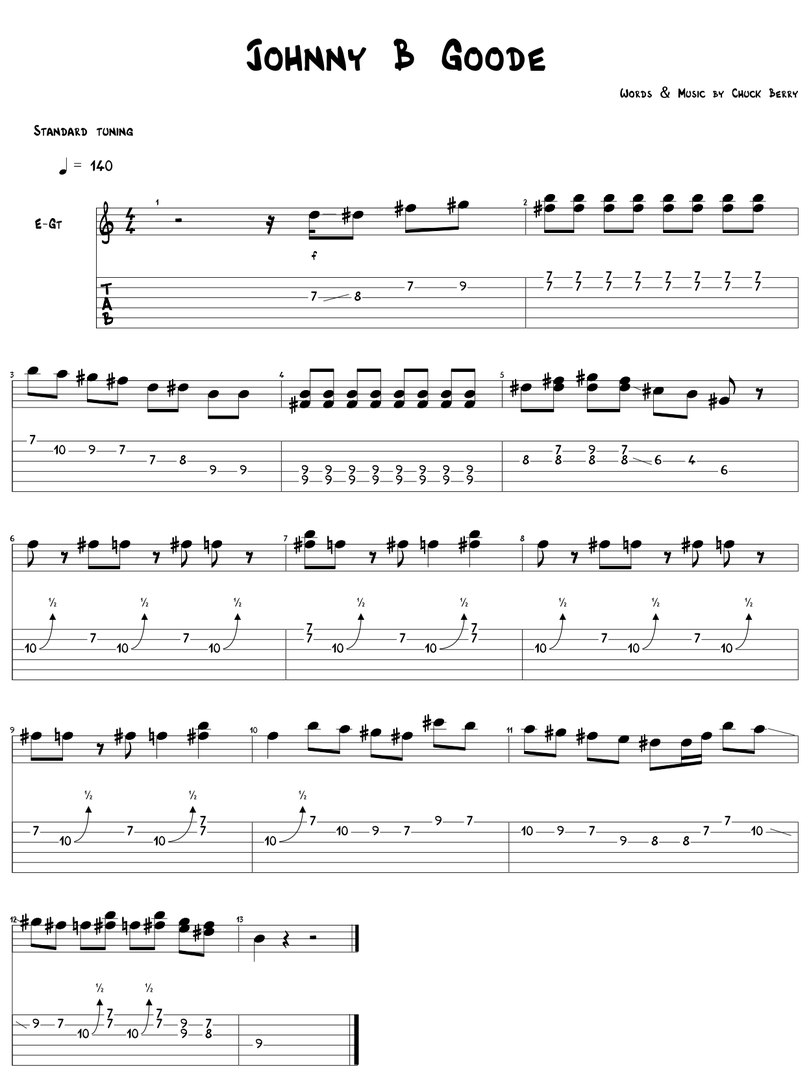First, we’ll assume that having learned something means being able to play it more or less flawlessly.
Think about how long you have spent learning pieces of music whether songs, song lyrics, guitar parts/solos etc. How good would you feel if you could cut that time in half or better? Imagine not knowing how to play something and telling a friend/colleague/band mate that you’ll learn it and then show up the next week and knock it out of the park. Or what if you could show up the next day and have it down? Will that not blow minds?!
How do you acquire this skill?
One of the most effective methods I’ve used for myself and many of my students to get something quickly and effectively learned is a system that I call “targeting”.
In a nutshell, you first choose a starting point and then pick a spot that you play up to. When you hit that spot, you go NO further. This technique works for just about any piece of music that is difficult to memorize, and is also good for learning song lyrics. (once again, learned means being able to perform them more or less flawlessly, not just able to play the notes; or in the case of lyrics, not just being able to think and remember what they are)
Whether learning a piece by ear, with sheet music or tab etc. the procedure remains the same. Always pick a doable target. If you can’t play up to the target perfectly, then you’re going too far. For longer pieces of music, as your body learns more of the piece and just plays it with little thought or effort, you can move your starting point ahead so that you’re not wasting time practicing anything that no longer requires practice. This is part of how you save time. Just remember though, if you can’t play it perfectly (and this means being able to connect all the sections that you’re practicing separately) you’re going too far. The more patient and meticulously you do this, the faster and more effective your learning will be.
Some helpful tips:
- Work at a suitable tempo, slow almost always wins the race.
- Sooner than later, use a metronome.
- Play loud, or forcefully, as this greatly improves muscle memory.
- When selecting a new starting point, make it so that you are connecting parts together, such as in the middle of a preceding measure; this is also good for your counting and timing.
- Remember, this is a process, and if you’re new to it, it may seem slow, but RESIST the temptation to play beyond your target.
If you play beyond your target, it is likely that your body will learn to do something that will require unlearning. This is one of the most costly mistakes a player can make in regards to time and effort spent. Playing past your target also means that you are unclear about your objective, and just playing for the immediate pleasure of hearing the notes, which is certain to give you less pleasure in the long run.
If you always stop at your target, more good things happen — each segment that you practice is technically in itself a unique piece of music that your body has successfully learned to play. Each of these fragments is a potential phrase with its own unique rhythmic and melodic pattern, available for future use especially now that your hands have mastered it. With each fragment mastered, you will become all the more skilled in your quality of execution and quantity and variety of things you can play. As well, you will have much greater ease with learning future items because over time, more of the same skills which you’ve acquired in the past will benefit you with new items in the future.
For the accompanying video tutorial I’ve selected for an example demonstration a relatively short guitar solo, the intro solo for Chuck Berry’s Johnny B Goode. (Scroll down below the video for the sheet music) This solo is just long and detailed enough that it requires some work if you want to play it exactly like the original.
While many would agree that the Johnny B Goode intro doesn’t need to be played note for note, and that any decent blues/rock guitar player should be able to compose or improvise a suitable facsimile, I have found that playing this particular intro just like the original, is somehow more fun.
As guitar intros go, it is not as super memorable as something like Sweet Child O’ Mine, or Stairway To Heaven. And because of this, it’s not as easy to memorize note for note. That is also why I’ve chosen it for this article. And perhaps, like me, you’ll find it more fun to play it just like this instead of improvising or composing your own version.
Whatever your choice of music that you want to learn to play and/or memorize, if you are patient and persistent, the process of “targetting” is a powerful tool with which you can improve your learning skills, strengthen your playing skills and of course, knock that new piece of music out of the park.
«About the author: Rob Hiemstra is a professional guitarist and guitar teacher located in Toronto, Ontario, Canada. Feel free to contact Rob if you are looking for guitar lessons in Toronto.“
